1. Introduction — What is NAD+ and why everyone talks about it
In recent years, in health and anti-aging circles, a term appears more and more often: OVER+. It is the abbreviation of Nicotinamide Adenine Dinucleotide, an essential molecule present in every cell of your body.
If energy in the body were a currency, NAD+ would be central bankWithout it, energy transactions cannot be made.
The roles of NAD+ include:
- Energy Production (ATP) in Mitochondria
- DNA repair
- Activation of longevity genes (sirtuins)
- Regulation of metabolism and inflammation
The problem? NAD+ Levels Decrease as We Age— sometimes more than 50% by the age of 50. This decrease is associated with fatigue, accelerated cellular aging, and a reduced ability to repair tissues.
2. How NAD+ works in the body
NAD+ exists in two forms:
- OVER+— oxidized form, active in biochemical reactions
- NADH— reduced form, which carries electrons
The two forms transform into each other in the reactions Redox(reduction-oxidation), essential for metabolism.
NAD+ activates sirtuins (SIRT1—SIRT7), some “guardian” proteins that protect DNA, reduce inflammation, and stimulate cell repair.
Also, NAD+ is a cofactor for PARP Enzymes responsible for repairing breaks in DNA.
Without NAD+, mitochondria Cell power plants cannot produce energy efficiently.
3. The Link Between NAD+ and Intermittent Fasting
Intermittent fastingIt's not just a way to control calories. It is a way that you stimulate internal repair mechanisms, including increasing NAD+ levels.
Here's how:
- Decreases insulin and glucose, which increases the NAD+/NADH ratio.
- Activating SIRT1, which improves DNA repair.
- Grows mitochondrial biogenesis(creation of new mitochondria).
- It stimulates autophagy— the process by which cells recycle defective components.
Studies show that regular periods of fasting can increase NAD+ levels, which means more energy, a clearer mental state and a slower aging process.
4. Natural sources of NAD+ and precursors
There are foods that contain NAD+ precursors, that is, substances that the body can convert into NAD+. Among the most important are niacin (Vitamin B3), tryptophanand nicotinamide riboside (NR).
Obviously, the effect is stronger when combined with intermittent fasting and exercise.
Table of natural sources of NAD+:
5. Other ways to increase NAD+ (besides diet)
- Flashing post— mentioned above, it is one of the most effective natural methods.
- Physical exercise— HIIT workouts and resistance training increase the NAD+/NADH ratio.
- Exposure to coldIce baths or cold showers stimulate NAD+ production.
- Reducing alcohol consumptionAlcohol depletes NAD+ in the process of metabolism.
- Supplements— nicotinamide riboside (NR), nicotinamide mononucleotide (NMN), niacin.
6. When you should think about supplementation
NAD+ deficiency is not commonly diagnosed, but can be suspected if:
- You have chronic fatigue
- Recovery after exercise is slow
- You have concentration and memory problems
- Signs of premature aging appear
People over the age of 40, those with metabolic diseases or with increased oxidative stress can benefit from supplementation.
Doses should be determined with a doctor, because an excess of niacin can cause adverse effects.
7. Practical conclusion
NAD+ is not just “another vitamin” — it is a central molecule for life, energy and longevity.
Increasing NAD+ levels by intermittent post, diet rich in precursors and exercise is a natural strategy, simple and accessible to anyone.
Do you want to lower your inflammation and increase your natural energy?

📥 Download the complete guide to intermittent fasting and weight loss!
Yes. Studies show that periods of fasting increase the NAD+/NADH ratio and activate cell repair processes.
Natural is more sustainable and safer. Supplements can be useful over a certain age or in special cases.
You won't fly, but you'll have more energy and mental clarity... which, in today's world, is pretty close! 💪









.svg.avif)




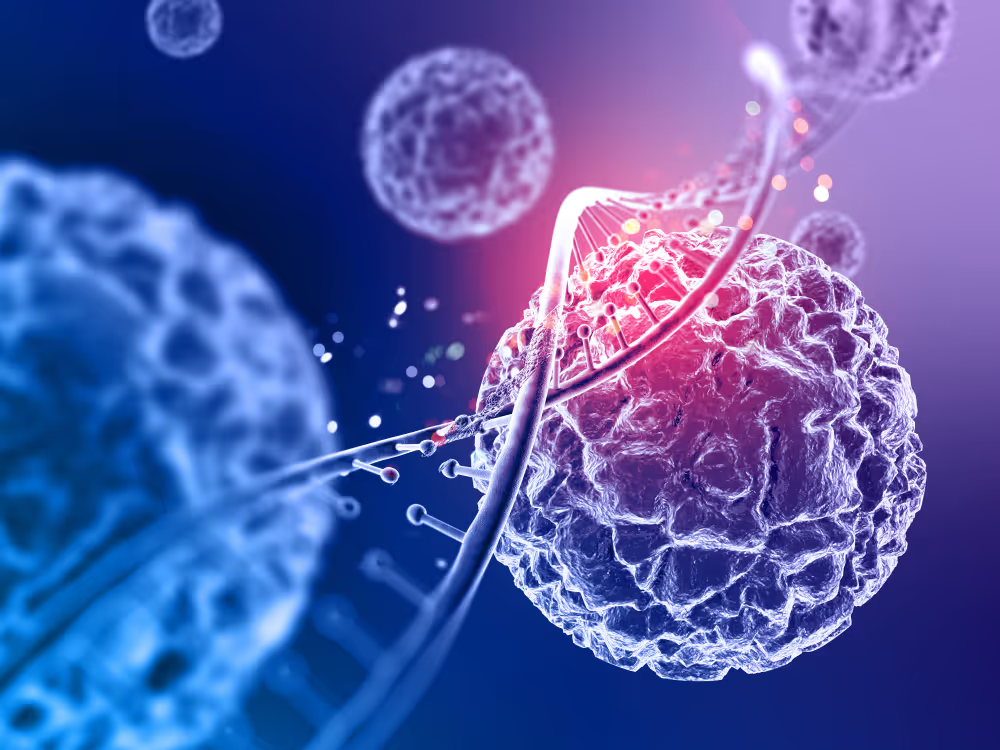







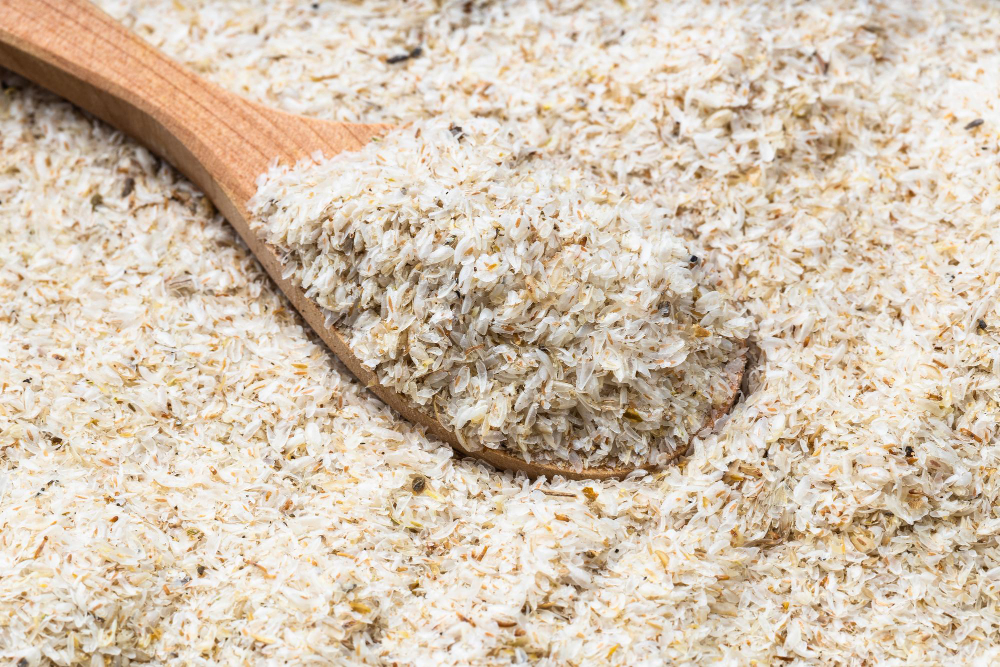


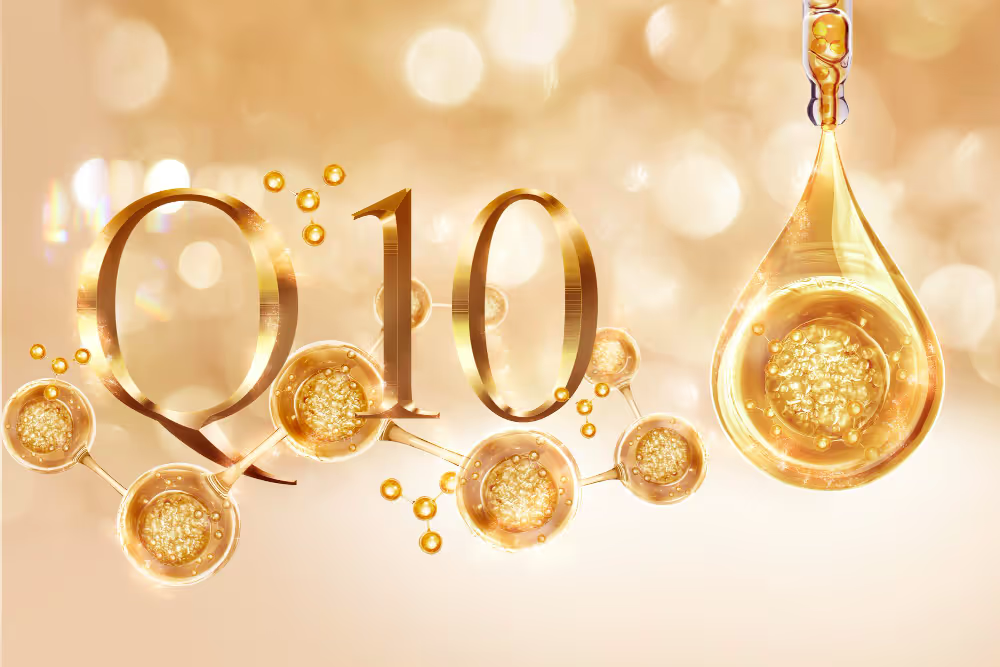
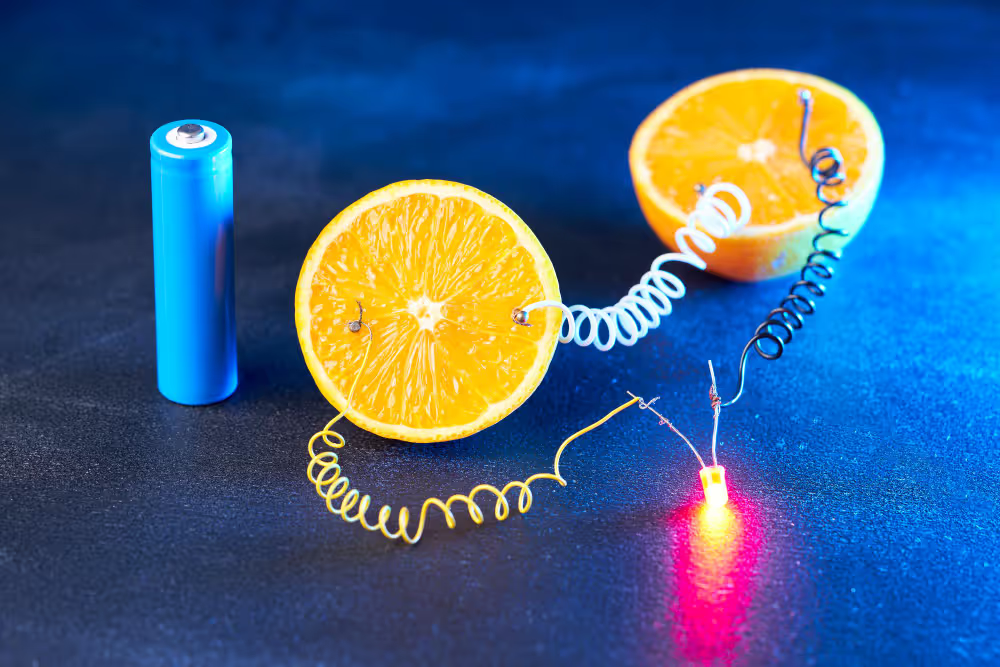
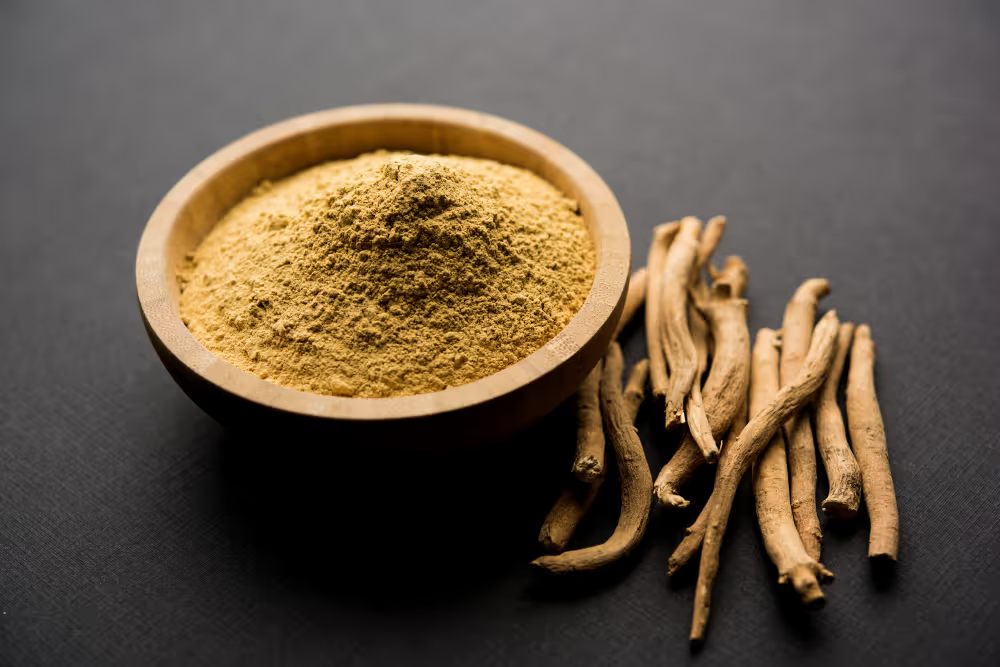

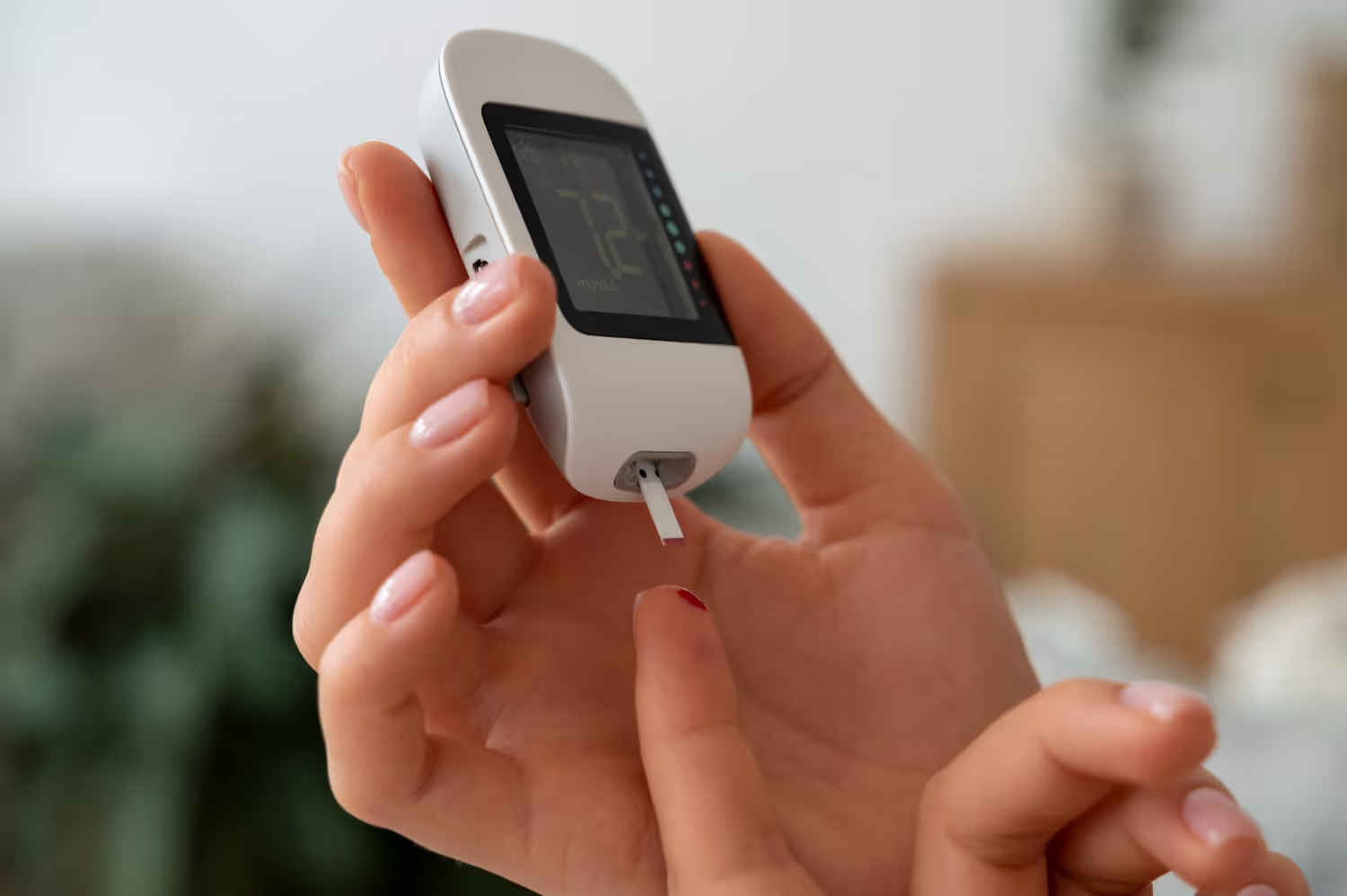

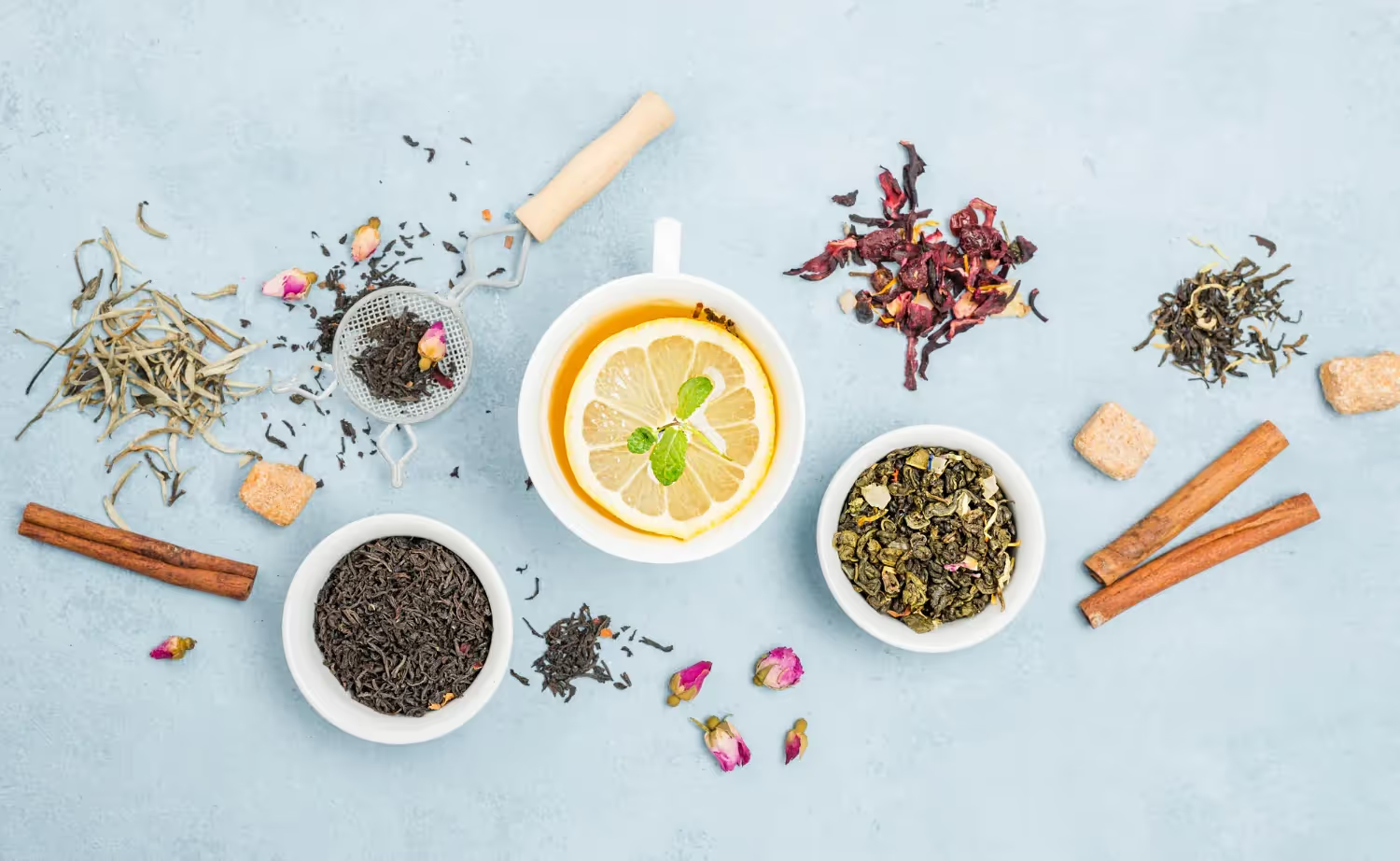
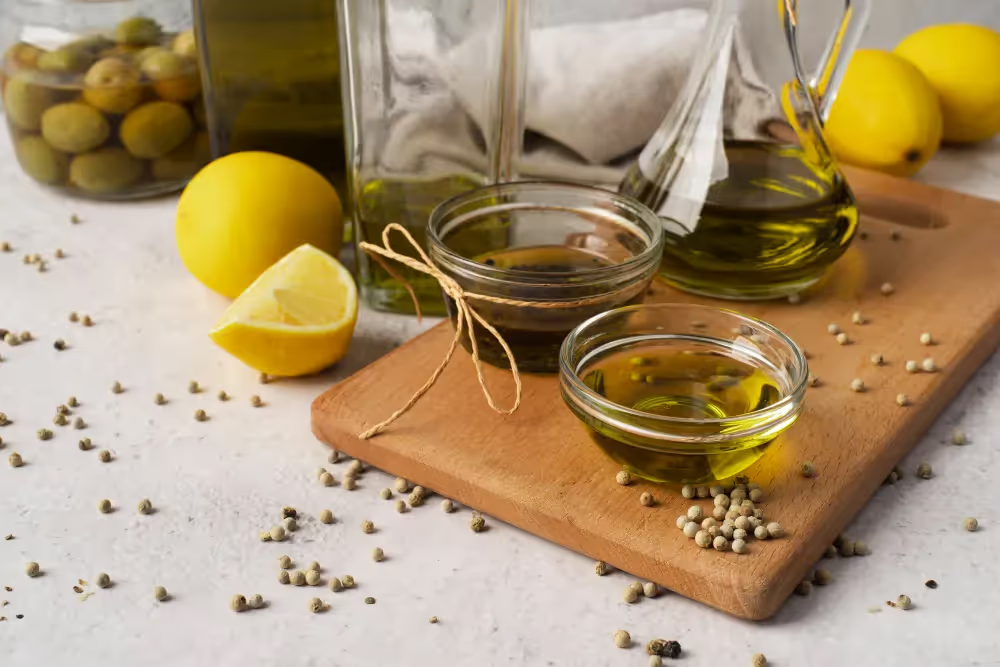
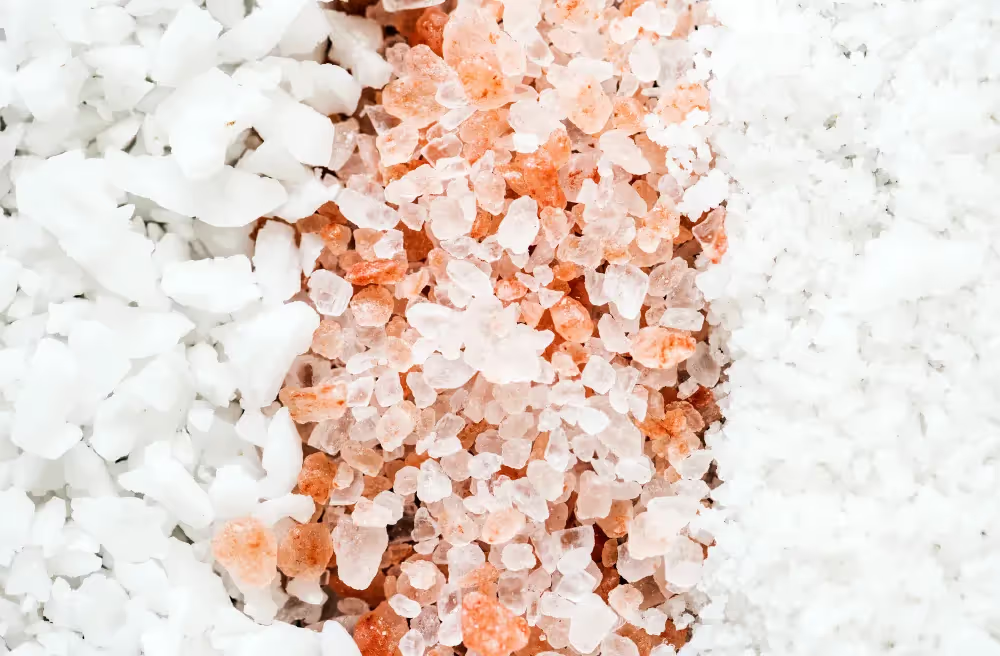
























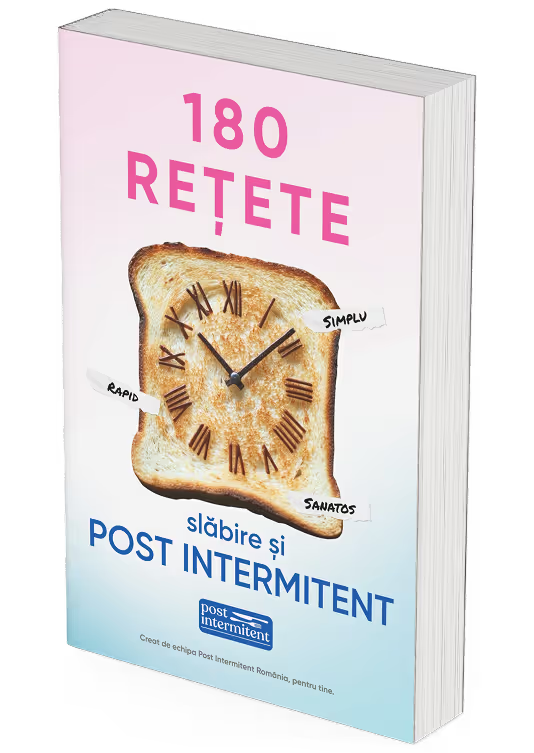

.svg)
